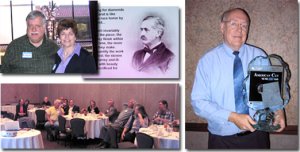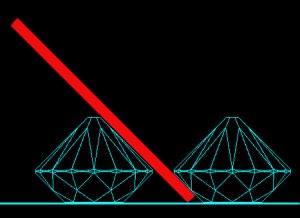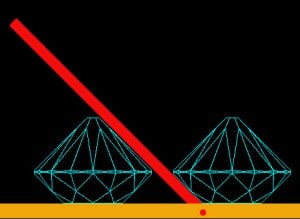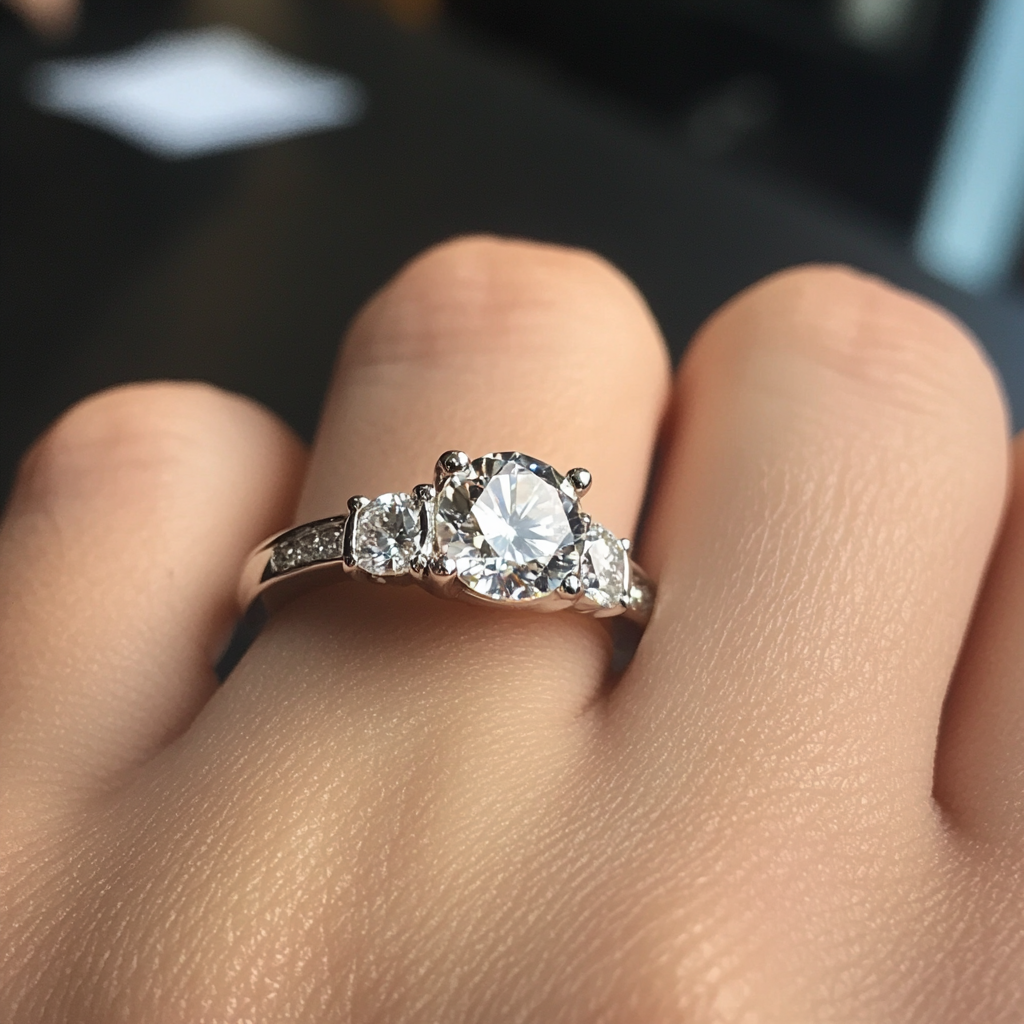- Joined
- Apr 19, 2008
- Messages
- 1,493
There is a new article on Pricescope journal by John Pollard.
"American Cut - The First 100 Years." by Al Giberston. G.G.
http://journal.pricescope.com/Articles/53/1/American-Cut---The-First-100-Years%2c-by-Al-Gilbertson%2c-GG.aspxI want to thank him for his contribution to the Pricescope community.
Andrey
PS Admin
















300x240.png)